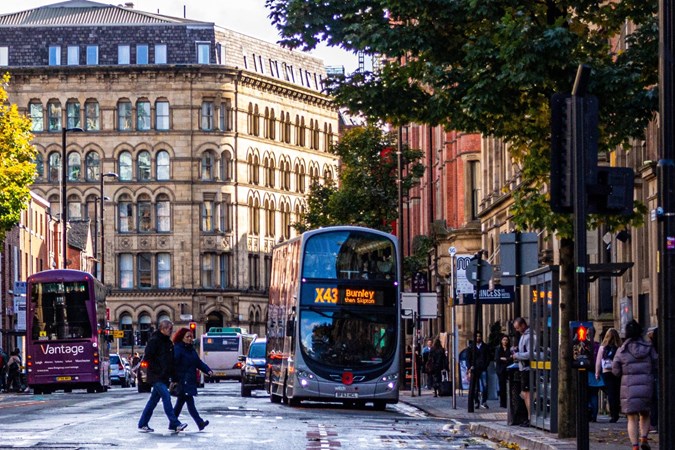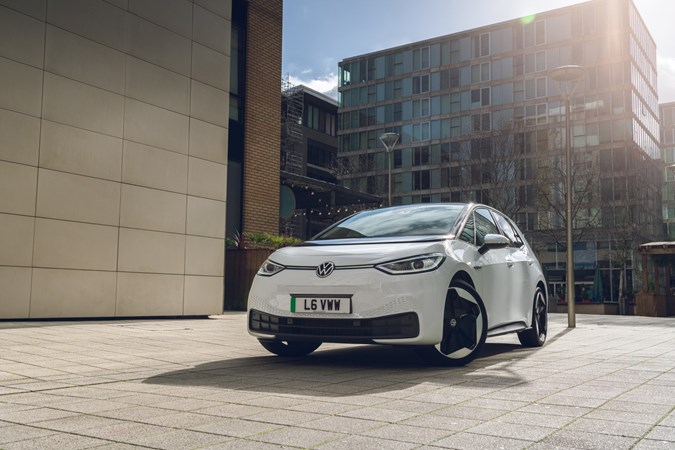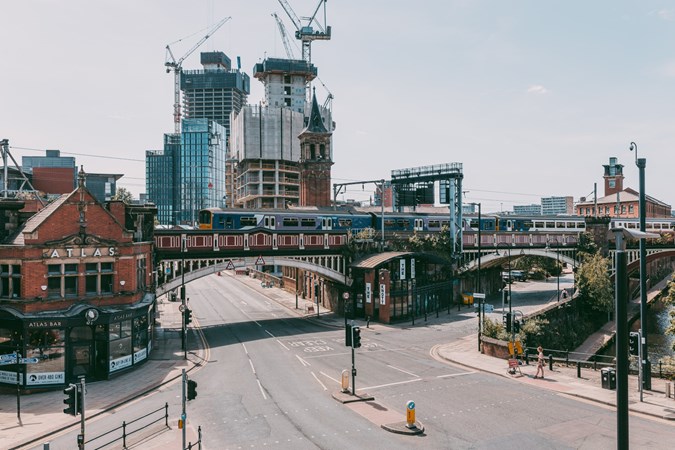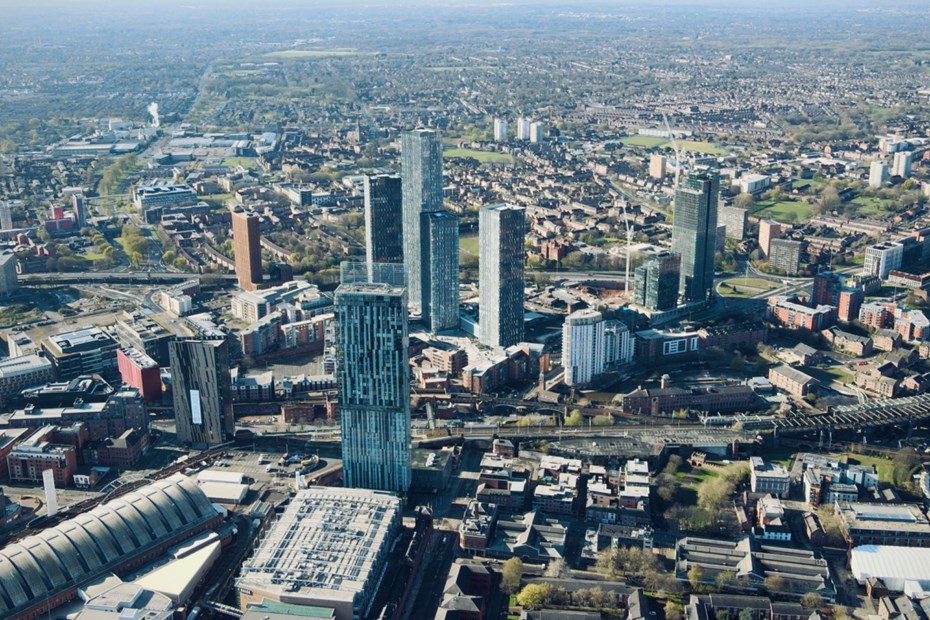The London-style ultra-low emissions zone (ULEZ) proposed for Greater Manchester has been axed after the government approved a new plan to lower the city’s emissions. That means car drivers now won’t face being charged for driving within the conurbation after years of uncertainty.
Greater Manchester was destined for a Category C charging Clean Air Zone (CAZ) spanning the entire area but, in the aftermath of the pandemic, it was decided that an additional financial burden on the city’s residents would not be appropriate. On 30 May 2022, the then-Conservative government officially canned the idea of charging drivers. However, the city authorities still needed a plan for meeting legally binding emissions targets, particularly for nitrogen dioxide (NOx), which the new plan achieves.
What’s in the new plan?
The Great Manchester Combined Authority (GMCA) has developed a investment-led Clean Air Plan that has now been approved by the UK government. £86 million will be spent on various measures to mitigate against increasing emissions, including £51.1 million for updating Manchester’s bus fleet. 40 brand-new zero-emission and 77 Euro 6 diesel buses will be added, a process that Manchester mayor Andy Burnham claimed is made easier by the service franchising model pioneered in the city.
Other measures include changes to traffic management and financial support for taxi drivers to switch to cleaner vehicles. GMCA and the smaller local authorities within it are obligated to bring NOx down within legal limits by 2026. The new plan is set to achieve that goal faster than charging vehicles for entering the proposed CAZ.
Manchester’s Clean Air Plan
Though the original plans to introduce a charging Clean Air Zone were scrapped, a coalition group of local authorities and Transport for Greater Manchester – known as Clean Air Greater Manchester– had been pushing an alternative solution.

In July 2022, 10 local authorities submitted a new Clean Air Plan for Greater Manchester to the government, offering up evidence in support of an investment-led approach to curb dangerous nitrogen oxide levels, rather than imposing a financial responsibility on its residents.
The plan proposed using £120 million of clean air funding from the government to deliver vehicle upgrades, targeting the most heavily polluting vehicles like buses and HGVs on the most polluted roads.
The Bee Network
Amid the government’s ongoing review of Clean Air GM’s action plan, a new public transport scheme for Greater Manchester was launched in June 2023. Known as the Bee Network, the initiative unites bus and tram travel, plus walking and cycling into one integrated system.
Upon its launch, the scheme brought the first buses back under public control outside London since the deregulation of bus routes in the 1980s, promising a better service and cheaper fares. On top of that, 100 new zero-emissions buses was been added to the city’s fleet by March 2024.
Though the Bee Network is controlled centrally, the services are franchised to existing bus companies including First and Arriva. The franchising process was completed by the end of 2024; commuter rail services are expected to join the network by 2030, broadly replicating the London Overground model.
Will there be charges?
It looks like the spectre of drivers of all types of vehicle being charged for driving in Greater Manchester has gone. Updating the city’s bus fleet with new zero- and low-emission vehicles is set to achieve the required reduction in NOx emissions quicker than a charging scheme would.

What does the future hold for cars in Manchester?
The government has tasked Greater Manchester with reducing NO2 levels as soon as possible but by 2026 at the latest. Despite changing landscapes, Clean Air Greater Manchester remains confident of the scheme’s success without the need to impose charges on motorists.
‘Delivery of the transformational Bee Network and investment in zero-emission buses will contribute to a significant improvement in air quality, tackling not just nitrogen dioxide but other pollutants too. It will also support Greater Manchester’s ambitions to achieve carbon neutrality by 2038,’ a Clean Air Greater Manchester spokesperson said.
‘Greater Manchester’s 10 local authority leaders remain committed to an investment-led, non-charging GM Clean Air Plan and work is continuing to ensure that we deliver compliance with legal limits for nitrogen dioxide as soon as possible.’
ULEZ FAQs

FAQs
-
Is there a ULEZ charge in Manchester?
The Greater Manchester Authority has scrapped its plans to implement a London-style ULEZ area. Instead, other measures such as adding dozens of electric buses to the city's fleet will be take to reduce emissions.
-
Can I drive a diesel car in Manchester?
Yes. With no ULEZ being implemented, you're free to drive whatever sort of car you like through the Greater Manchester Authority area. Note that many of road signs erected to mark the boundaries of the Manchester ULEZ haven't been taken down yet – if you see one, you can ignore it.
-
Which cities have a ULEZ?
Outside London, there are low emissions zones in 11 cities in England and Scotland. they are Bath, Birmingham, Bradford, Bristol, Portsmouth, Sheffield, Tyneside, Aberdeen, Dundee, Edinburgh and Glasgow. Each city has its own rules and only a few of them encompass private cars. You can use the Government clean air zones website to check if your car is affected by any of the zone.
Just so you know, we may receive a commission or other compensation from the links on this website - read why you should trust us.










